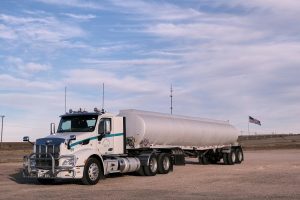
Commodity trading is the buying and selling of physical goods or derivatives based on the underlying value of the commodity. Commodities are traded on exchanges around the world and can be divided into two main types: physical commodity trading and derivatives commodity trading.
Physical Commodity Trading
Physical commodity trading is the buying and selling of actual physical goods. This type of trading involves taking delivery of the commodity and can be done for personal consumption or for investment purposes.
One of the most common examples of physical commodity trading is the buying and selling of crude oil. Crude oil is traded on a number of different exchanges around the world including the New York Mercantile Exchange (NYMEX), the International Petroleum Exchange (IPE), and the London International Petroleum Exchange (LIPEX).
Another example of physical commodity trading is the buying and selling of agricultural commodities such as wheat, corn, and soybeans. These commodities are traded on the Chicago Board of Trade (CBOT), the Kansas City Board of Trade (KCBT), and the Minneapolis Grain Exchange (MGE).
Derivatives Commodity Trading
Derivatives commodity trading is the buying and selling of contracts based on the underlying value of the commodity. These contracts can be for futures, options, or swaps. Derivatives trading is generally done by speculators who are betting on the direction of the underlying commodity. The contracts themselves are not the underlying trading commodities, but rather a financial instrument that represents the value of the commodity.
Derivatives trading is a way to speculate on the future price movements of a commodity. These contracts can be used to hedge against price risks or to take advantage of price movements. Derivatives trading is done through exchanges, which are regulated by government agencies.

Spread Commodity Trading
Spread commodity trading is the buying and selling of two different commodities at the same time. This type of trading is often done to hedge against price movements in the underlying commodity.
Commodity Trading Advisors
Commodity trading advisors (CTAs) are professionals who manage commodity trading accounts for clients. CTAs are typically registered with the Commodity Futures Trading Commission (CFTC) and are subject to its rules and regulations.
Floor Trading
Floor trading is the process of buying and selling commodities on the floor of an exchange. Floor traders are typically members of the exchange who have been granted permission to trade. Floor trading used to be the only way to trade on an exchange. Now, most trades are executed electronically.
Electronic Commodity Trading
Electronic commodity trading is the process of buying and selling commodities using electronic platforms. These platforms can be accessed from anywhere in the world and allow for 24-hour trading.
The electronic commodity trading market has grown exponentially in recent years due to the advancement of technology and the increase in global trade. There are now numerous electronic platforms available for trading commodities, with each offering its own unique features and benefits.
Many electronic commodity trading platforms offer demo accounts to allow new traders to test the waters before committing to real money trades. Demo accounts provide a great way to learn the ropes of electronic commodity trading and to get a feel for how the different platforms operate.





